This farming method is opening the way for green, sustainable agriculture , helping people increase their income and adapt to climate change.
Since 2012, the province has piloted SRI (System of Rice Intensification) improved rice cultivation with only a few dozen hectares, and has now expanded to more than 6,100 hectares.
According to Mr. Kieu Van Cang - Deputy Head of the Department of Cultivation and Plant Protection (Department of Agriculture and Environment), farmers strictly followed the technical process so the yield reached 8-8.2 tons/ha, an increase of 4-6 quintals/ha compared to the old farming method, while the amount of seeds, fertilizers and irrigation water were all significantly reduced.

SRI is considered a breakthrough in rice production, fundamentally changing farming practices. Rice is planted sparsely, young seedlings are planted, water is managed according to the principle of alternating wet and dry to help the root system develop strongly, the plant is strong, has fewer pests and diseases, and the quality of the rice grains is higher.
In fact, the models in Tuy Phuoc Dong, Tuy Phuoc Bac, Phu My Dong communes, Quy Nhon Bac ward... all gave positive results.
Mr. Ho Thien - Deputy Director of Phuoc Son Agricultural Cooperative (Tuy Phuoc Dong commune) said: "Since the summer-autumn crop of 2012, the cooperative has tried to apply SRI on 37 hectares; the yield reached 8-8.2 tons, much higher than before which was only 7.6-7.8 tons. Seeing that the rice was healthy and had high yield, the next crop expanded to 100 hectares and has remained stable until now.
Rice grown using SRI has deep roots, strong stems, is less likely to fall over, saves water and fertilizer, and reduces pests and diseases. In particular, it also limits greenhouse gas emissions.
However, Mr. Thien also said that the expansion is still difficult because the irrigation system is not synchronized, many canals are silted up, and water flow is uneven.
“The cooperative has more than 1,100 hectares of rice fields, but only about 100 hectares can apply SRI. To expand, it is necessary to invest in upgrading irrigation, clearing the flow and proactively providing water for each field. At the same time, it is necessary to train the irrigation team and farmers to master the techniques and practice the correct procedures so that the model can be sustainable and effective,” said Mr. Thien.
According to Mr. Kieu Van Cang, the biggest limitation at present is irrigation infrastructure and water management. To effectively implement the alternating wet-dry process, a good canal system is needed, regularly maintained and repaired, which can actively regulate water between fields.
In the coming time, the unit will coordinate with localities to strengthen training and effectively promote the SRI model; at the same time, recommend investment in internal irrigation infrastructure, application of water-saving irrigation technology and digital water level monitoring tools for more accurate regulation.
The Agriculture sector will also continue to transfer improved rice cultivation techniques through large-field programs, agricultural extension models, low-carbon production projects and water-saving management, expanding the area of SRI application in areas with proactive irrigation conditions.
Along with SRI, the province also continues to pilot the alternate wetting and drying (AWD) irrigation model in rice production in some areas in the east of the province. The model is implemented by the South Central Coast Agricultural Science and Technology Institute in collaboration with Green Carbon Japan Vietnam Co., Ltd.
Mr. Pham Vu Bao, Deputy Director of the Institute, said: “Both SRI and AWD methods aim to reduce irrigation water, fertilizers, pesticides and greenhouse gas emissions, but AWD focuses more on water management.
The model uses water level and emission measuring devices to help farmers regulate irrigation more accurately. Initial results in Gia Lai show stable productivity, significant emission reduction and irrigation water savings.
At Nhon Binh 2 Agricultural Cooperative (Quy Nhon Dong ward), Mr. Le Cong Thuc - Director of the Cooperative said - the AWD model helps save water, makes rice plants healthy, and increases productivity and quality of rice.
“The biggest challenges remain uneven fields, irregular irrigation, and a lack of local technical staff. We recommend increased training, coordination of irrigation schedules, and the use of digital monitoring tools to address these challenges,” said Mr. Binh.
Assessing the model's prospects, Dr. Nguyen Thi To Tran - Deputy Director of the Department of Agriculture and Environment - affirmed: "SRI farming and AWD technology are the right direction, consistent with the province's green growth strategy and low-carbon agricultural development.
These two models not only increase income for rice growers but also reduce greenhouse gas emissions, protect the environment, and move towards sustainable agriculture and climate change adaptation.
According to Ms. Tran, the agricultural sector will continue to expand the area of application of SRI and AWD in areas with proactive irrigation conditions, integrating with smart agriculture and organic agriculture programs, contributing to building a green Gia Lai - sustainable development.
Source: https://baogialai.com.vn/canh-tac-lua-thong-minh-thich-ung-voi-bien-doi-khi-hau-post570595.html



![[Photo] Panorama of the Patriotic Emulation Congress of Nhan Dan Newspaper for the period 2025-2030](https://vphoto.vietnam.vn/thumb/1200x675/vietnam/resource/IMAGE/2025/11/04/1762252775462_ndo_br_dhthiduayeuncbaond-6125-jpg.webp)

![[Photo] The road connecting Dong Nai with Ho Chi Minh City is still unfinished after 5 years of construction.](https://vphoto.vietnam.vn/thumb/1200x675/vietnam/resource/IMAGE/2025/11/04/1762241675985_ndo_br_dji-20251104104418-0635-d-resize-1295-jpg.webp)
![[Photo] Ca Mau "struggling" to cope with the highest tide of the year, forecast to exceed alert level 3](https://vphoto.vietnam.vn/thumb/1200x675/vietnam/resource/IMAGE/2025/11/04/1762235371445_ndo_br_trieu-cuong-2-6486-jpg.webp)
![[Photo] Ho Chi Minh City Youth Take Action for a Cleaner Environment](https://vphoto.vietnam.vn/thumb/1200x675/vietnam/resource/IMAGE/2025/11/04/1762233574890_550816358-1108586934787014-6430522970717297480-n-1-jpg.webp)
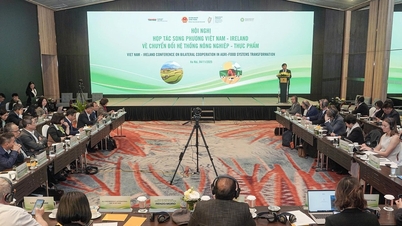







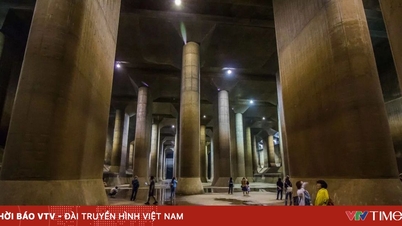





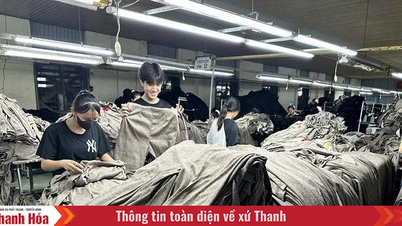



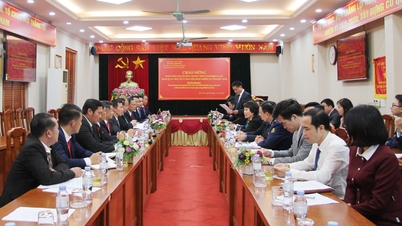































































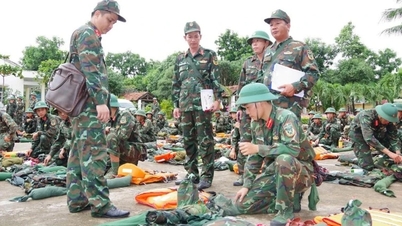




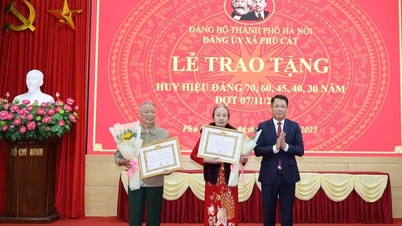















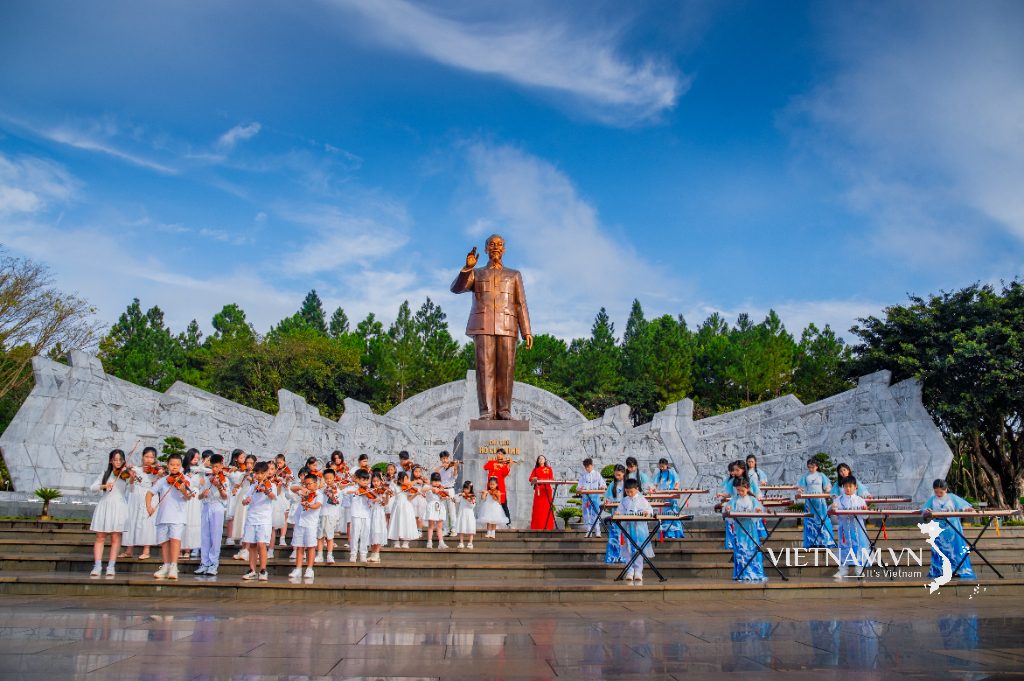
Comment (0)